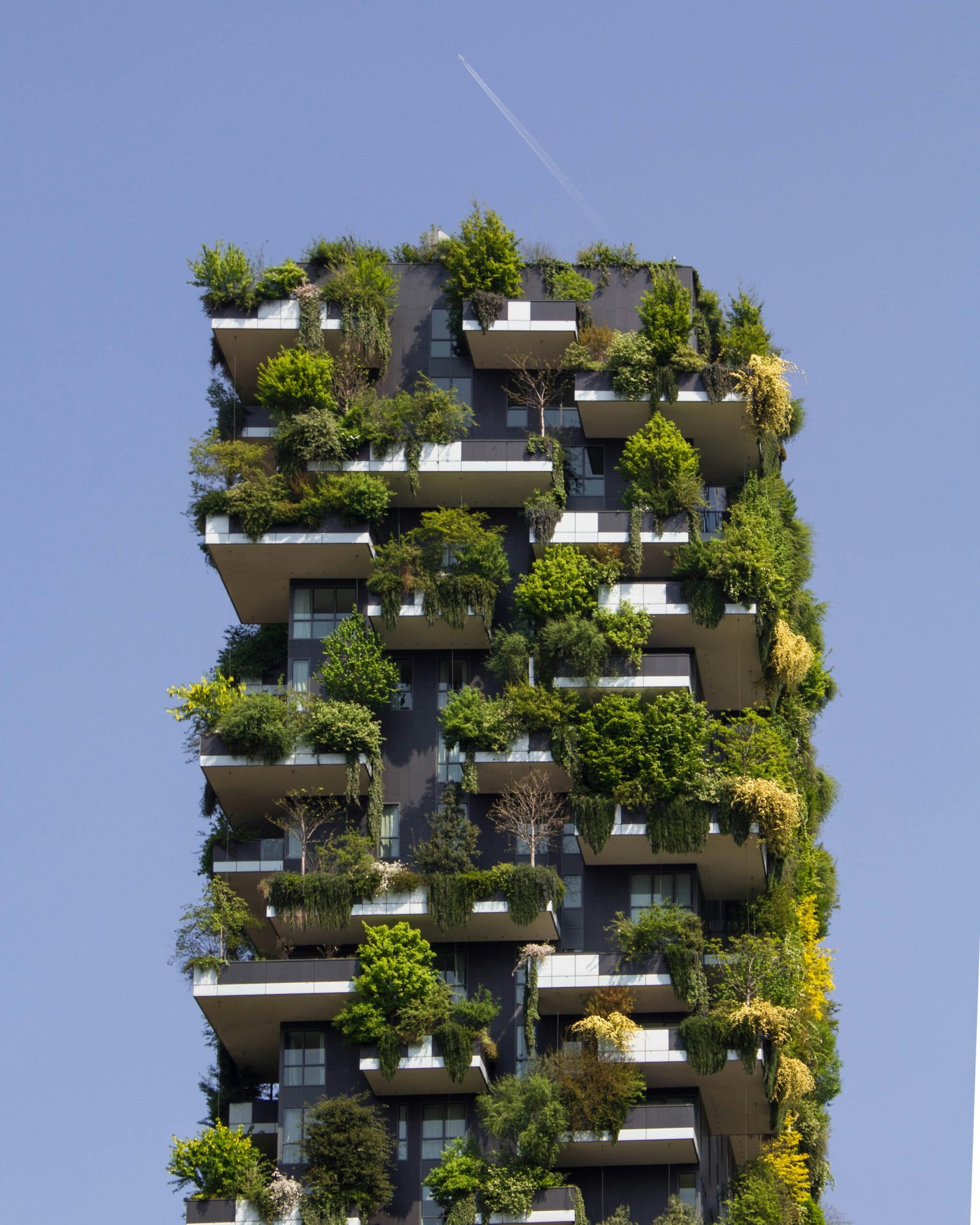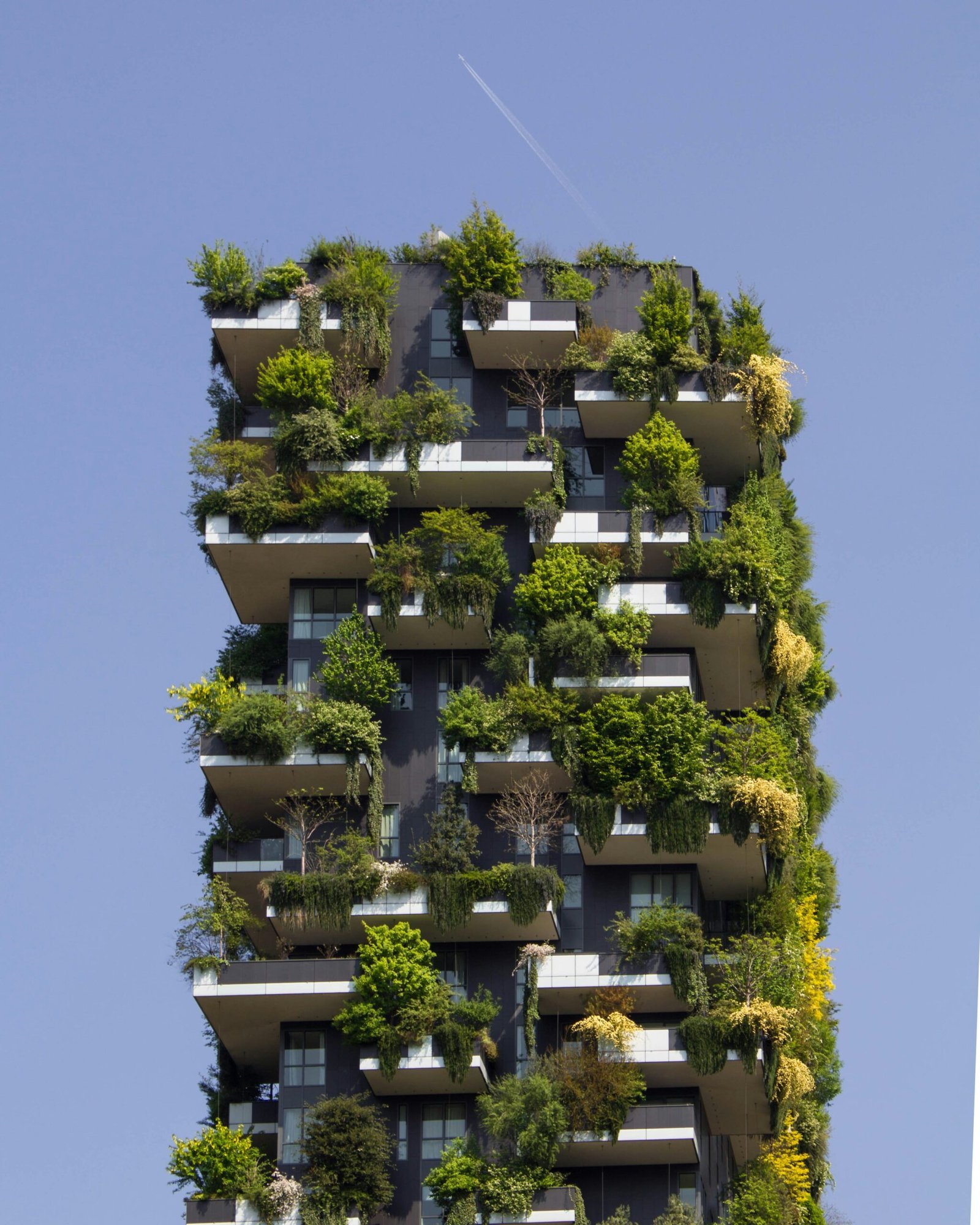
Photo by <a href="https://unsplash.com/@victor_g" rel="nofollow">Victor</a> on <a href="https://unsplash.com/?utm_source=hostinger&utm_medium=referral" rel="nofollow">Unsplash</a>

Understanding Sustainable Construction
Sustainable construction refers to the practice of designing and building structures that are environmentally responsible and resource-efficient throughout their lifecycle. From planning and design to construction and operation, this approach not only benefits the planet but also offers significant financial advantages for builders, developers, and homeowners alike.
Cost Savings in Green Building Practices
One of the primary financial benefits of sustainable construction is the potential for substantial cost savings. By utilizing energy-efficient materials and systems, buildings can significantly reduce utility bills. For instance, solar panels and energy-efficient HVAC systems can lower monthly energy expenses, offering a quick return on investment. Additionally, many green materials, like recycled steel or sustainable timber, often have lower long-term costs due to their durability and reduced maintenance needs.
Value Appreciation and Market Demand
Another compelling aspect of sustainable construction is the increased market value of green buildings. As more consumers prioritize eco-friendly living, homes built with green practices tend to attract higher market prices and faster sales. Studies have shown that properties designed with sustainability in mind often enjoy a premium in the real estate market, making it a wise investment for property developers. Furthermore, many governments and organizations provide tax incentives and grants for those who choose sustainable building practices, further enhancing the financial viability of green construction.




